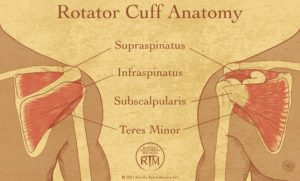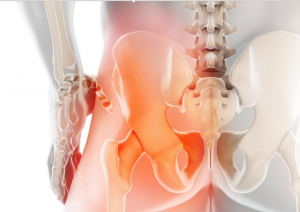Pregnancy is a transformative time, but it often comes with discomforts, including sciatica. Sciatica during pregnancy can be particularly challenging, adding to the physical demands of this stage. In this Coping with Pregnancy Sciatica, we’ll explore the causes of sciatica during pregnancy and provide helpful tips for managing the pain while nurturing your growing baby.
Understanding Sciatica During Pregnancy
Sciatica is a condition characterized by pain along the sciatic nerve. During pregnancy, physical changes can lead to compression of the sciatic nerve, causing pain and discomfort. Seeking medical advice is crucial for an accurate diagnosis and personalized guidance. Sciatica during pregnancy can be attributed to factors such as the expanding uterus exerting pressure on the sciatic nerve, hormonal changes loosening ligaments, and postural changes and weight distribution.
Coping Strategies for Sciatica Relief
To alleviate sciatica pain during pregnancy, consider incorporating these coping strategies:
- Prenatal yoga and stretching – Engage in gentle exercises and stretches tailored for pregnant women to relieve sciatica pain.
- Proper Body Mechanics – Maintain good posture, use supportive pillows, and avoid activities that worsen sciatic pain.
- Heat and cold therapy – Apply heat or cold packs to the affected area for pain relief.
- Massage and prenatal chiropractic care – Consider therapeutic touch and adjustments to alleviate sciatica pain.
Safe Medication and Alternative Options
Consult your healthcare provider before taking any medications during pregnancy. Explore alternative remedies like acupuncture or aromatherapy for potential relief. Additionally, pelvic support belts can provide stability and support to the lower back.
Lifestyle Modifications for Sciatica Management
Implement these lifestyle modifications for sciatica relief:
- Regular exercise – Engage in low-impact activities like swimming or walking to strengthen muscles and improve spinal health.
- Healthy weight management – Maintain a healthy weight to reduce pressure on the sciatic nerve.
- Comfortable footwear and clothing – Choose supportive shoes and avoid tight clothing that may worsen sciatica symptoms.
When to Seek Professional Help
Be aware of red flags such as severe pain, numbness, or loss of bladder control, which may indicate a more serious condition. Contact your healthcare provider promptly for evaluation and appropriate treatment options.
Results Physical Therapy’s FREE Online Sciatica and Lower Back Pain Workshop
Thank you for reading Coping with Pregnancy Sciatica. If you are experiencing lower back pain, Results Physical Therapy is hosting a FREE Online Sciatica and Lower Back Pain Workshop on July 11th from 5:30pm – 6:30pm. This workshop will provide information on the causes of lower back pain and offer practical tips on how to identify the source of your symptoms. The workshop will be led by a master physical therapist with 40 years of experience and is open to anyone who is interested in learning more about lower back pain and improving their quality of life.
To register, visit https://workshops.resultsrehab.com/signup




